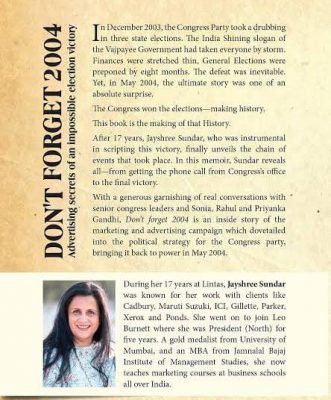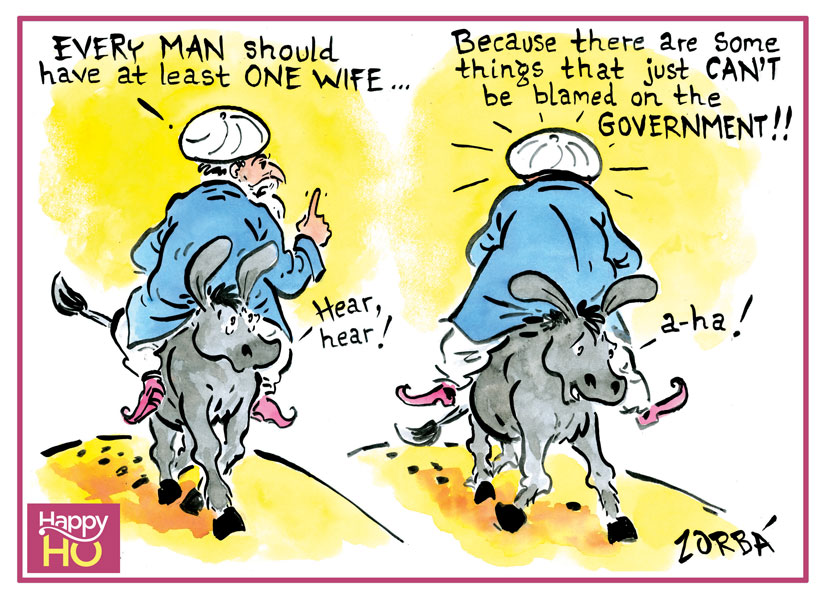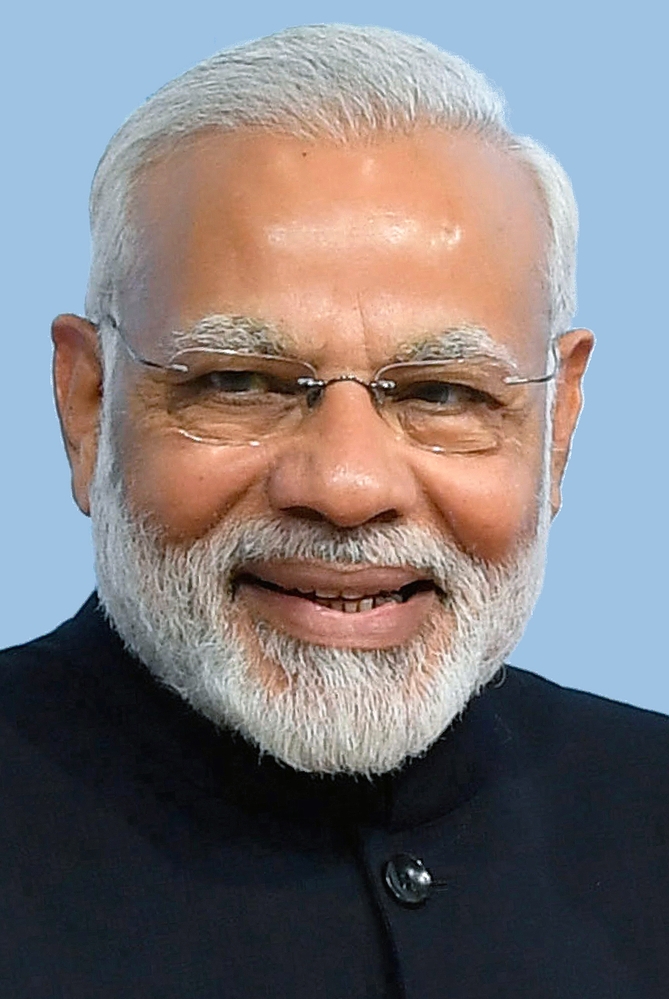Book Review By Priyadarshini Narendra, Brand Strategist
The story of someone who faces overwhelming odds with a powerful opponent, lack of resources and lack of self-belief, and eventually comes out the winner is always powerful. It appeals to the underdog in each one of us and gives us inspiration and hope to see the ultimate, unexpected victory, be it in a movie or on the sporting arena. Don’t Forget 2004, by Jayshree Sundar, is an aspirational story of a protagonist who surged to one of the greatest upsets in politics, shaping the future of India and its citizens for several years.
The BJP looks set for its biggest electoral win ever. Vajpayee has very high personal popularity. ‘India Shining’ ads are all-pervasive, with the party funds and those of government bodies and PSUs being used to burnish the brand. Survey after survey seems to point to a rout of the Congress. Media seems to suggest that they are unvanquishable.
Meanwhile, the Congress, the lynchpin of India’s freedom struggle against the British, has been brought to its knees through electoral losses for ten years. It is hampered by a lack of funds. Media and public intellectuals have written it off. A spirit of apathy and worse, a feeling that they can’t win, has begun spreading among some party workers. The ghost of defeat hangs in the air at party offices.
Meanwhile a mid-sized advertising agency is looking around for its turnaround story. While an established multinational, it hasn’t made much of a mark in the Delhi market. Its Delhi head and the team hired to turn around its fortunes are feisty, smart and determined to re-establish themselves. If given a chance. But are pitted against a slew of Goliaths in the form of large, established agencies that have built formidable reputations over the years. And have never done a political campaign in their collective experience.
The story of the 2004 election campaigns, with India Shining pitted against the Aam Aadmi is one that many of us saw first-hand. For those who lived through those years, the behind-the-scenes look at what happened is even more fascinating.
Jayshree Sundar tells the story of the Aam Aadmi campaign with great panache, in a blow-by-blow first-person account that reads like a thriller. We get an intimate look at some of India’s well-known political figures and into decision-making at that level. We understand how leadership works, the flowers and the thorns that the path of leaders is strewn with, and some of the intricacies a female leader has to deal with. We get a masterclass in branding and marketing, from the research that identifies a consumer insight to how it is used to bring alive a campaign thought, to how to meticulously execute a campaign of staggering complexity. And all this in an unputdownable narrative.
The twists and turns of winning the pitch itself could have made a book, with the agency having to craft a strategy and develop a communication campaign in 7 days. But once the business is won, the task of delivering what is required, against impossible deadlines is equally exciting. How an ad agency with all its inherent madness and disregard for hierarchy, grapples with a client rooted in a seemingly old-style hierarchical and staid manner of working. How the agency and the client created a jugalbandi that worked beautifully together. The many little and big decisions that brought the campaign to life, the surprises and shocks that sprang up out of nowhere are all described in minute detail. There are so many lessons one can imbibe, from how to understand a category to how to make a great presentation, with attention paid to the tiniest of details, to negotiation skills, to client management.
But this book is a brilliant must-read account of contemporary political history, not just for practitioners of marketing and branding but anyone who likes a good story, well told.

The beginning of 2004 saw the Indian National Congress at the lowest ebb in its 118-year history. Once India’s natural party of governance, it had been out of power since 1996, and its vote share had declined continuously over many national elections. It had just been swept out of power in three key Northern states in the assembly elections held in December 2003. The Lok Sabha Elections of 2004, scheduled for September-October, had been advanced to April-May. The government was extremely confident of winning by a landslide, riding on the popularity of its leader and strong economic growth (extensively communicated through the Rs. 250-crore “India Shining” advertising campaign and numerous ads released by various ministries). Several opinion polls had forecast that the number of Congress seats would actually decline from the 114 it had won in the 1999 general elections and a couple of them had said that the number could be as low as 75. Further, unlike the ruling National Democratic Alliance (NDA), the Congress did not have any formal alliances in place.
It looked like the Congress’s best bet was to hope that its seat tally would stay the same and prepare for the next Lok Sabha election. A party which led India’s freedom struggle and ruled the country for almost 47 years had been criticized, reviled and written off by the media and opinion-makers alike. And yet, when the counting of votes ended on the 13th of May, the Congress emerged as the single largest party in the Lok Sabha with 145 seats. And a few days later, it was a Congress Prime Minister who took the oath of office and secrecy, at the head of a multi-party alliance supported from the outside by the Left parties.
.THE CALL ON 6TH JAUNARY
I received a call on 6th January inviting my agency to pitch for the Congress Advertising Campaign for the general elections to be held in April 2004.The story begins from that point. It was a very competitive fight in the Delhi market with eight agencies in the fray. And no formal brief. This is the story of the inner workings of an agency. Almost like a diary or journal or a ball of ball account of how things unfolded between January and May 2004.Where a young and passionate team, led by a woman won the pitch and created a breakthrough campaign. How we cracked the strategy, did the research and created the highly resonating campaign “Aam aadmi ko kya mila?” which knocked out India Shining. It marked the beginning of Political parties being positioned as Brands as the entire campaign was conceptualized and executed. It was a first for war rooms and technology messages, and decoy acts. This is the story of how this miracle came about. What makes it so different is that it is told from the agency’s view point. It is the story of a struggling brand which was rebuilt using advertising tools, combined with a deep understanding of India. And ultimately, it the story of what focused communication can achieve. It is an “Advertising Works” case study and in the foreground is the political battleground. Case studies must be documented and there for all to know. This campaign went on to win effectiveness awards and got a huge amount of good press. The Tone of voice and narrative is like a quick paced story and the best part is this is a true story.
DAVID AND GOLIATH
When the client briefed the agency in January 2004, the ruling government’s “India Shining” campaign had already been in the media for 3 months. By all accounts, the campaign seemed to have struck a chord with the urban Indian, and most people appeared to feel good about it. The campaign highlighted various indicators of India’s dramatic economic progress, including a booming stock market, unprecedented foreign exchange reserves of over $ 100 billion, and seemingly unstoppable growth in information technology and related areas. Interestingly, the ruling government was claiming credit for all these, even though they were actually results of economic reforms introduced by the Congress during its last term in power (1991-96). However, the Congress stood little chance of being able to recapture the credit due to it. With 54% of the population being below the age of 25, there was virtually no recall of the Congress’s achievements or ideology. The ruling government was using this to its advantage, claiming that it had achieved more during its 5 years in power than the Congress had in its 50 years. With neither the past nor the present on its side, the Congress needed to give people a convincing reason to vote for it. The agency therefore had two key challenges: one, to find an emotionally resonant message to which the majority of Indians would respond; and two, to take this message impactfully to the target audience, with a budget which was less than one-tenth of the “India Shining” campaign.
THE REAL INDIA
India had a population of over a billion, but only about 30% of this was urban. The balance 70% lived in rural areas and was primarily dependent on agriculture for its livelihood. Even in urban areas, while there was an upswing in incomes and living standards, large parts of the population lived a difficult life, burdened with large families and their economic expectations. As a first step, the agency analyzed a large amount of socio-economic data to find out the real impact of the government’s claimed economic success. The hypothesis was that this economic success was focused on the upper class and had left the majority of the population untouched. We uncovered some startling facts which appeared to bear out this hypothesis. For instance, while the stock market had touched new heights, small investors had lost their lives’ savings in a government securities-related scam. Similarly, the government had committed to create 10 million jobs every year, but the number of unemployed people had actually gone up every year. Also, the government had announced many farmer welfare schemes, but hundreds of farmers across the country had committed suicide due to their inability to pay off their debts. Virtually nothing had been done for the welfare of women. It appeared as if the ruling government was more vulnerable than we had assumed, because they had focused only on making a small section of the population happy. However, they had overlooked the fact that every vote in an election is equal, unlike a normal marketing situation where a brand focuses on the few consumers who give it most of its sales. Hence, if the government’s policies and their projection through the “India Shining” campaign had made only 30% of the population feel good while alienating the remaining 70%, mass resentment against the government could be channelized into a very powerful campaign.
The agency then conducted research across the length and breadth of the country to verify the hypothesis. Hence, over 300 interviews were conducted with our carefully identified segments of the population – farmers, youth, small investors and women. The key question was, “Has your life changed in the last 5 years?”. And the answer was clear – “Yes, it has changed. For the worse.” From this simple insight emerged the key thought of the Congress’s election campaign, and the opportunity the Congress had been seeking to project its contribution to the nation’s progress and make some promises of its own. We devised a two-phase campaign. The first phase projected the serious problems faced by the mass of Indian people in spite of the government’s tall claims, while the second phase showed them backing the Congress as the party which would look after their interests in the future, like it had done when it was in power.
THE WINNING SLOGAN
The campaign thought the agency created was: “Aam Aadmi Ko Kya Mila?” (What did the common man get?) A series of TV commercials and print ads launched the first phase of the campaign, questioning what the common man had got from any of the government’s claimed achievements. The campaign pictures were consciously shot in a straightforward, journalistic style to heighten the contrast with the self-consciously glossy “India Shining” ads. The TV commercials were hard-hitting testimonials from an unemployed youth, a farmer’s wife and a small investor, shot in cinema veritec style. The baseline for both the phases was: “Congress Ka Haath Aam Aadmi Ke Saath” (the Hand of the Congress is with the common man) The Hand is the election symbol of the Congress. The first phase also contained a series of 6 small ads which ran in small towns and semi-rural areas, projecting the stories of individuals who were adversely affected by the government’s policies in a similarly journalistic manner. The first phase of the campaign ran for 3 weeks and was followed by a bridge campaign of 4 ads which established the Congress’s achievements in the areas of farmer welfare, women’s emancipation, industrial development and science and technology. This campaign set the stage for the second phase, which had the key message:
“I Am With the Congress”
The TV commercials and press ads in the campaign’s second phase were obviously more optimistic and forward-looking, but used real people rather than professional models, just like the first phase.
The media for the campaign was also selected to target the mass audience, with local newspapers and city specific newspapers receiving the bulk of the media expenditure. Less than 10% of the total expenditure was on the major cities, in contrast to the “India Shining” campaign which spent 75% of its budget there. Further, the campaign was released almost entirely in regional languages rather than English, because talking to the common man clearly meant speaking his language. Also, messages were fine-tuned by state, to highlight the failures of the government related to that state. Towards the end, we also released some sharply focused rebuttal ads to counter an attacking campaign released by the ruling government. In sum, the key consumer insight was driven home through a highly strategic and focused campaign, and the results took both the government and political experts by surprise. The agency also created an urban ambush campaign, the manifesto, the vision documents, the posters stickers and banners, material for CD’s, Video on wheels, Rally standees, Backdrops, ringtones, mousepads etc.. Making it one of the first Integrated Marketing Communications campaigns. The book covers all this.
As the client said one day to us in a meeting “This is the fastest we have moved in 118 years”. This book covers the exciting run up to the elections. The frenzy, the checks and balances, and all the inner meetings that happened behind closed doors in those months of 2004.
THE RESULTS
1999 2004 Ruling Alliance (led by Bhartiya Janata Party) 298 185 Bhartiya Janata Party by itself 182 137 Congress + Allies 135 220 Congress by itself 112 145 Left-wing Parties 42 63 Post the elections, It was stated by the Wall street Journal that professionalism and the building of Political brands was started in 2004. P.S. All the ads and a good cross section of the press coverage are in the book. As well as some photographs.





